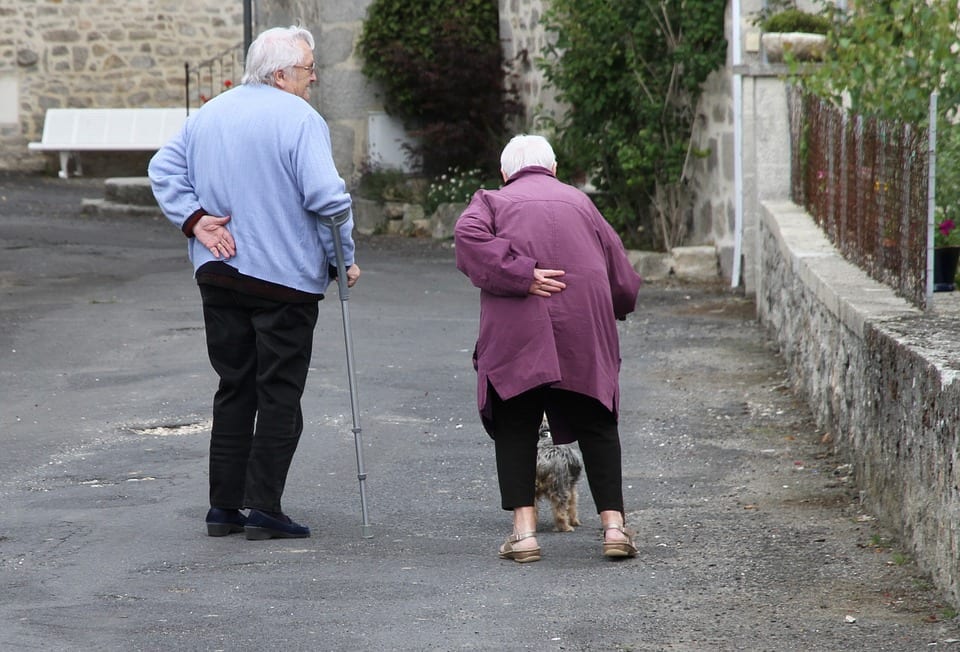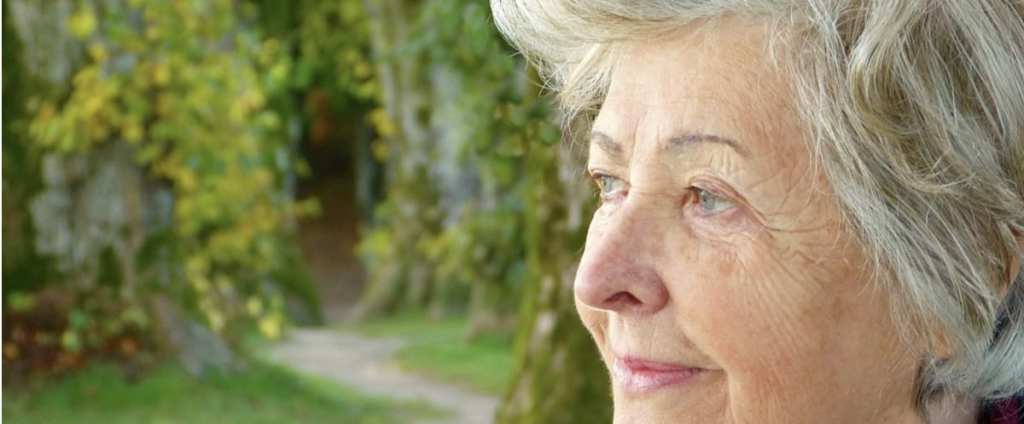Trending Now
It’s probably not hard to recall the last person in your life who shared “news” online that made you roll your eyes. And yeah, it can seem as if those instances happen more often when the poster is over a certain age.
Well, it’s not all in your head – a new report from Science Advances found that people over the age of 65 are more likely to trust and share fake news online.

Photo Credit: Pixabay
They reported that 11% of people in that age group shared fake news on Facebook during the presidential election in 2016 – higher than the numbers among people aged 45-65. And the only 3% of people 18-29 who did the same thing.
In fact, on average, people over 65 shared .75 fake posts apiece, compared to just .26 in the 45-64 age range.
Jonathan Nagler, a professor of politics at NYU, figures younger people “may just be more savvy at identifying what may be fake.”

Photo Credit: Pixabay
The study did not filter participants by their political affiliation, but Nagler noted that there’s “overwhelming evidence” that says fake news stories are largely pro-Trump. Which would imply that most of the people sharing them are older conservatives.
Andrew Guess, the study’s co-author, cautions against making such leaps, however.
“When we bring up the age finding, a lot of people say, ‘oh yeah, that’s obvious.’ For me, what is pretty striking is that the relationship holds even when you control for party affiliation or ideology. The fact that it’s independent of these other traits is pretty surprising to me. It’s not just being driven by older people being more conservative.”
Either way, knowing which demographic is responsible for most of the misinformation spread is a great start to solving the problem, says Matthew Gentzlow, a senior fellow at Stanford.

Image Credit: Pixabay
“The age result in this paper points very directly toward at least narrowing down the set of solutions that are likely to be most effective. If the problem is concentrated in a relatively small set of people, then thinking about the interventions that would be most effective for those people is going to take us a lot farther.”
No word on how, when, or if social networks will use this information in order to help people be more discerning when sharing news in the future, but wouldn’t it be nice if solving the problem were as simple as divining the root cause?
Sadly, it’s still only one piece of the puzzle – so for now you’ll have to use your own keen eyes to determine what’s real and what’s fake.
One last note – if you ever are wondering whether you’re reading fake news or not, here’s a handy dandy chart to help you out:

Photo Credit: Wikimedia Commons
Remember – stay informed!






